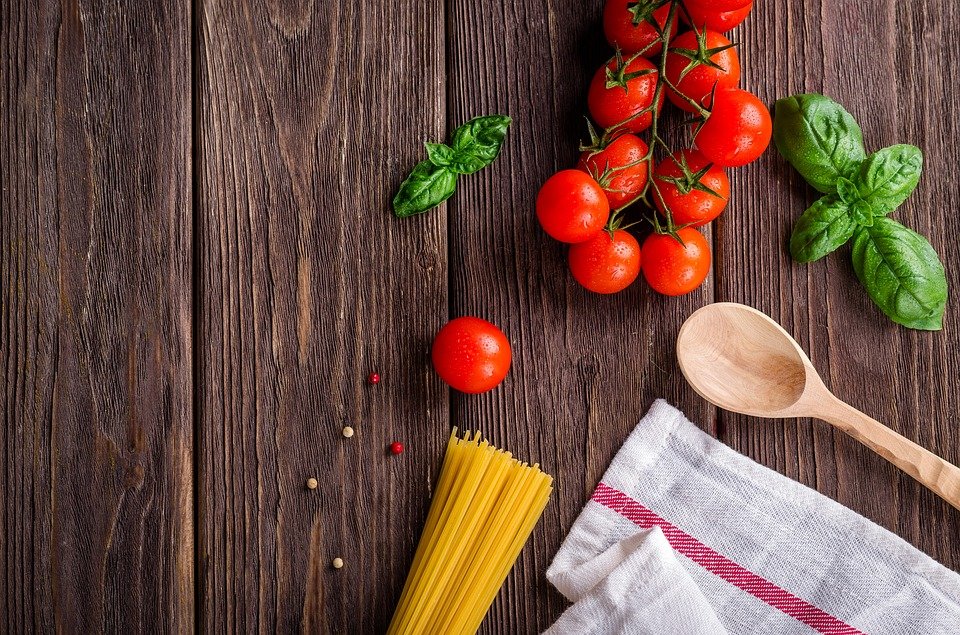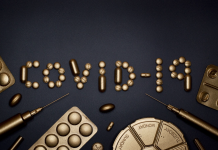The way we cook our food tells a lot about who we are.
Rudroneel Ghosh

I am a huge fan of cooking shows despite not really enjoying cooking for myself. For people like me, it’s not about the learning how to cook aspect that draws us in. Krissy Brady of the Huffington Post describes the two categories that fans of cooking shows fall into: viewers who want to learn and also enjoy being entertained, and those who care about everything but the how-to elements.
“When watching a food show, you get to see a project come together from start to finish, which can be very satisfying,” says Secrets From Eating Lab author Traci Mann, Ph.D, a professor of social and health psychology at the University of Minnesota. Neuroscientist Rachel Herz, PhD, who wrote Why You Eat What You Eat agrees. “In that sense, people like them for a similar reason that they like home design shows: You see something come together over the course of an hour or half-hour.”
Another aspect of cooking shows that keeps me interested is the mystery! I can’t be alone in that, when I’m watching them, I’m thinking “Okay…what is really happening behind the scenes?” Allow me to take you on a journey beyond the television screen, and into the behind the scenes world of your favourite cooking shows!
Unlike other artistic mediums, it has the capacity to engage all the senses. Chefs have long known that the presentation of a dish is as important as the taste, aroma and texture of what is served.
Rudroneel Ghosh
“Homemade” Programs
Did you know that most celebrity chefs don’t film their educational cooking shows in their home kitchens? The chef is almost always on a set in New York or Los Angeles designed/created by a set designer. According to Food Network magazine, the station has shot shows like Guy’s Big Bite, 30 Minute Meals, and Iron Chef America in the same studio. With shows like these the crew often shoots an entire season consecutively in anywhere from a few weeks to a few months (though episodes only typically get released once a week).
All of the cleaning, chopping, marinating, and prepping gets done ahead of time. I was shocked to find out that a food stylist does most of the cooking, not the chef who hosts the show. How Stuff Works revealed that as many as 20 people help prepare each dish for a single cooking show. According to Page Six, Giada de Laurentiis does not actually eat the food she eats on her show. Instead, she spits out foot after tasting it on camera.
Judged Competitions
Competition show episodes can take up to 12 or 14 hours to film. Chopped winner Kathy Fang reported that she started her day on set around 5:45 a.m. and finished shooting at 8 or 9 p.m. Because of this, the final dish is not always what the judges taste.
When you’re a judge on a competition show, you have to get, real quick, accustomed to eating cold food. The way you deal with that is the minute we cut after a cooking round, the judges get up from the chopping block, and they go over to the stations and they taste things that are hot.
Ted Allen, host of Chopped.
Christina Tosi of MasterChef and MasterChef Junior says that the impression that judges did not spend enough time with one competitor, or did not taste all of the food prepared, or that the competition, seems unfair because so much footage gets cut. However, cooking competitions are set up to be as fair as possible. “There is a team of standards-and-practices officials who watch the contestants’ every move. Everyone has the exact same advantages.”
Tosi also explains, “It can take hours to get the cooks in and situated, introduce the challenge, and read the rules.” The reason why? “Everyone needs to start with the same understanding of what the competition is, and we have to confirm they hear every detail of the challenge.”

It Looks Too Good To Be True…
Reader’s Digest reports that many TV chefs do not develop their own recipes, and that they rely on an arsenal of staff, including art directors, prop stylists, food stylists, and assistants, to make everything look perfect.
When it comes to shows with food, there is often a fair amount of styling involved to get the best shot possible. Shanti Hinojos, who has been a food stylist for over a decade, told LA Weekly about some of the tricks she uses to make dishes look perfect for TV, including putting marbles in bowls of soup to make the rest of the ingredients float to the top. She compared her job to that of an architect because she’s constantly using things like toothpicks, wedges, and plastic wrap to prop food up and stuff it to make it look fuller.
Janaki Jitchotvisut
What Happens With The Food Afterwards?
Food waste is dealt with differently depending on the show. According to The Daily Meal, in Cupcake Wars, the winner’s cupcakes are used for the event they are competing for. The other 1,000 cupcakes are either delivered to nearby charitable organizations or given to the cast and crew. The Rachel Ray Show teams up with City Harvest, an organization that works to feed New York City’s nearly 1.4 million people facing hunger each year and donates a lot of food to them. Other shows, such as MasterChef and The Great British Bake Off, give food to the competitors or to the production crew, according to Spoon University.
Is It Actually “Reality TV”?
Joe Arvin, who competed on Cutthroat Kitchen, told Chef’s Roll that although there is not any planned drama on the show, the producers encourage it. “The one thing about reality TV game showing, which is what Cutthroat Kitchen is, is that you have to follow all California law regarding game shows,” Arvin says. “Therefore, we had a lawyer on set to ensure that all rules were being followed, and there was nothing too fake about the contestants.” The rules are “extremely strict in regards to providing a real-world versus Hollywood produced experience.”
The world of reality cooking shows has a lot more going on behind the scenes than meets the eye. Now we can all watch our favourite cooking shows with a little more knowledge of what happens off screen! What will you be watching tonight? Comment below with your favourite cooking programs!











